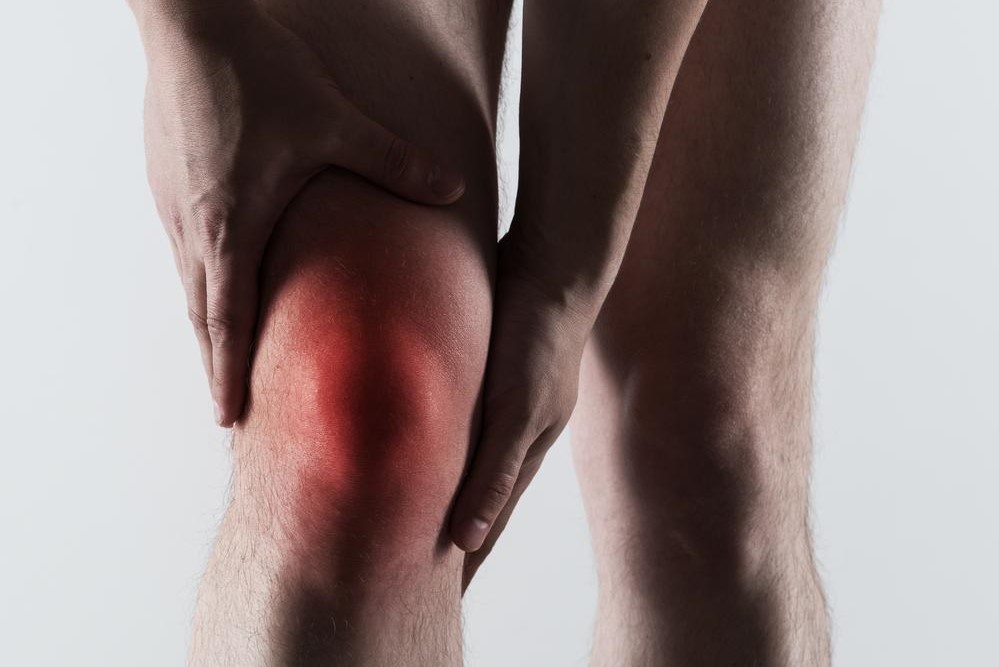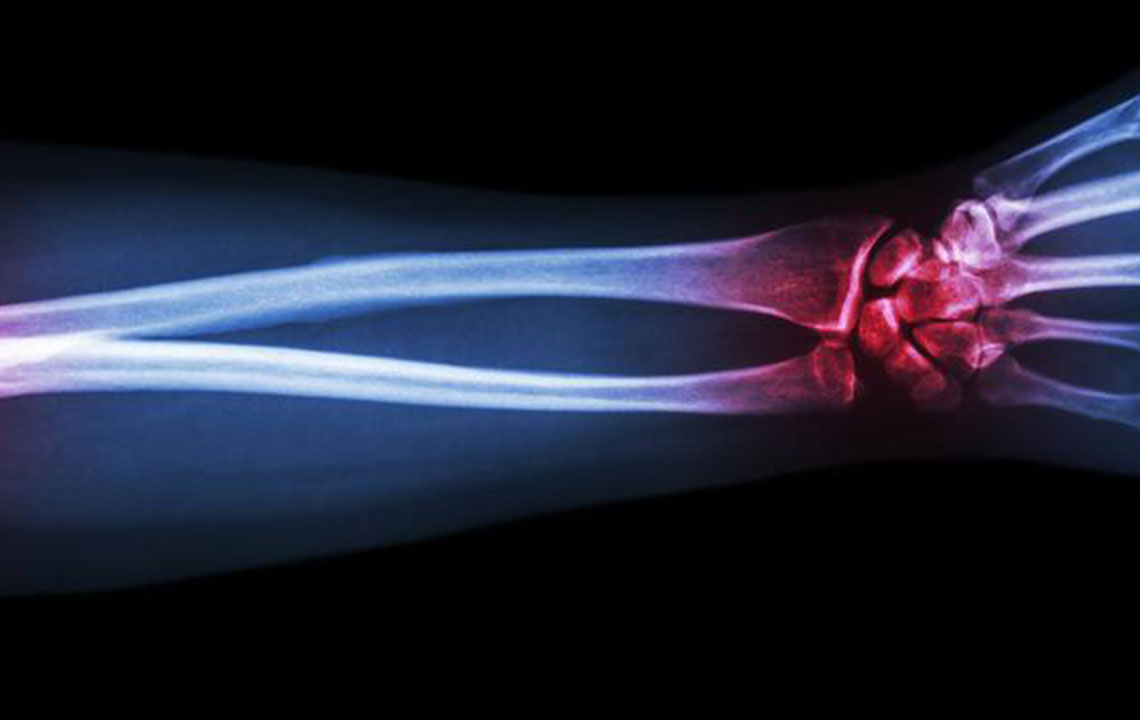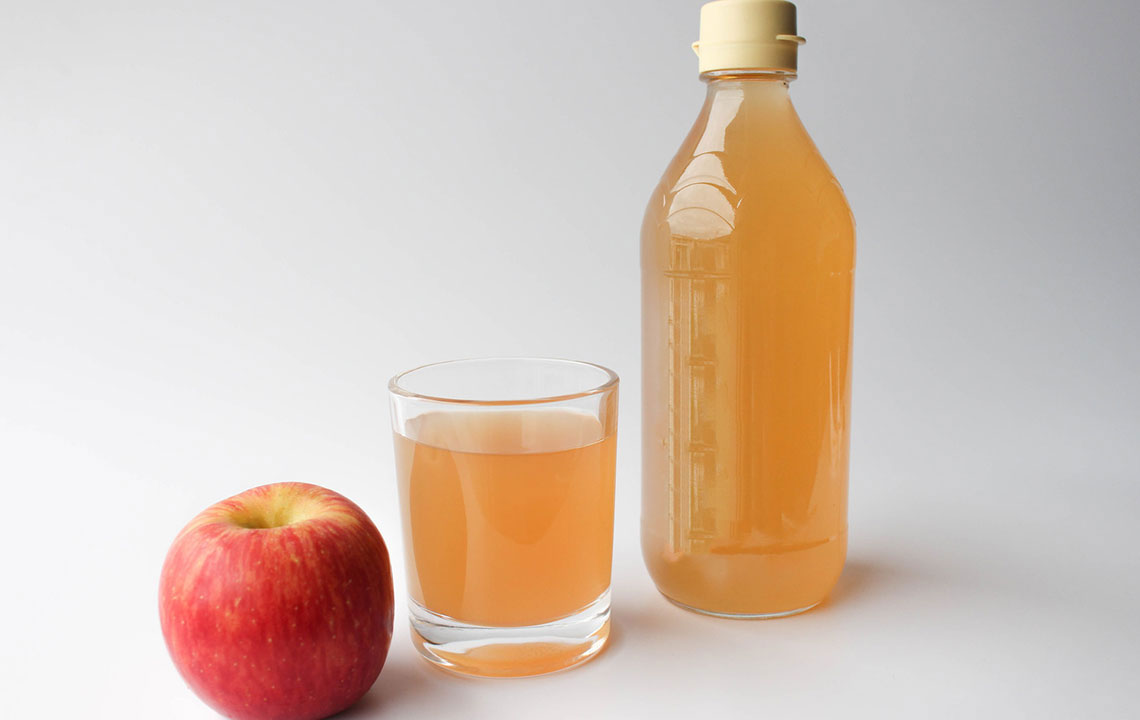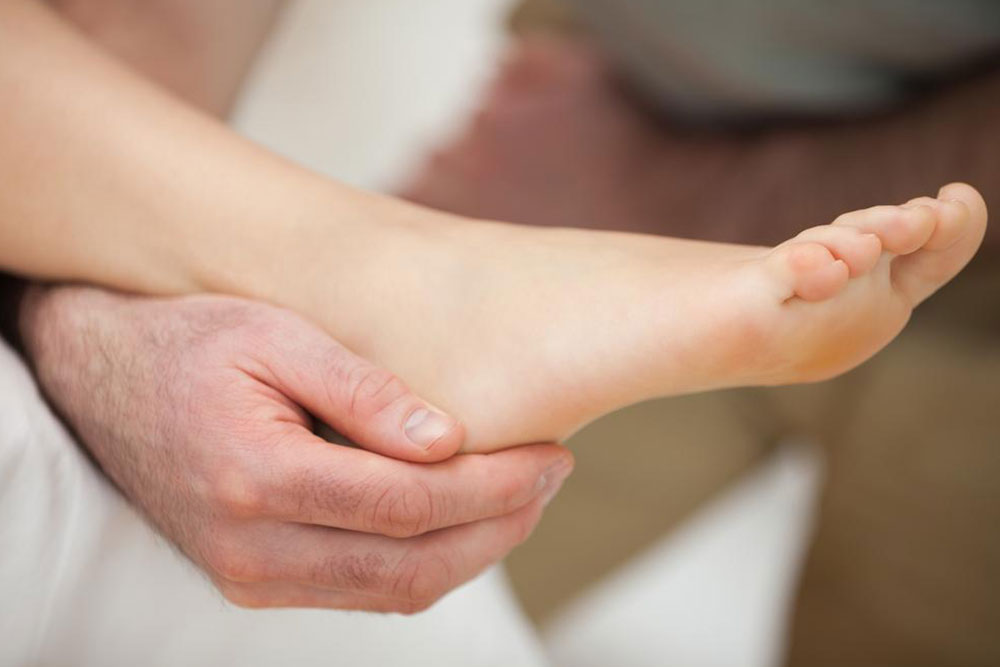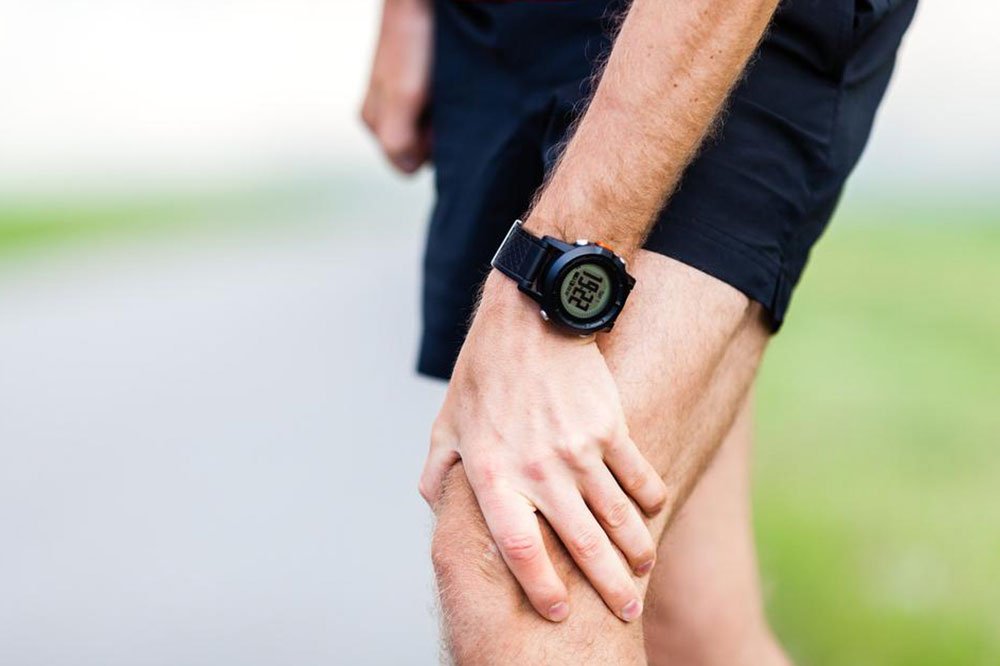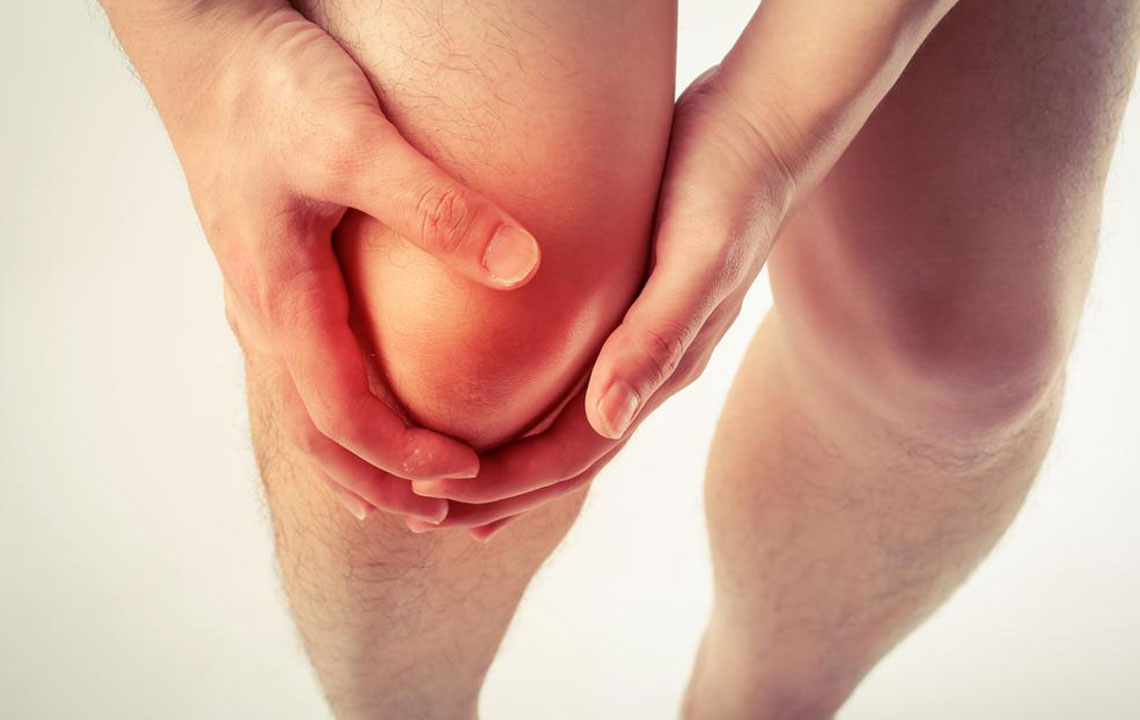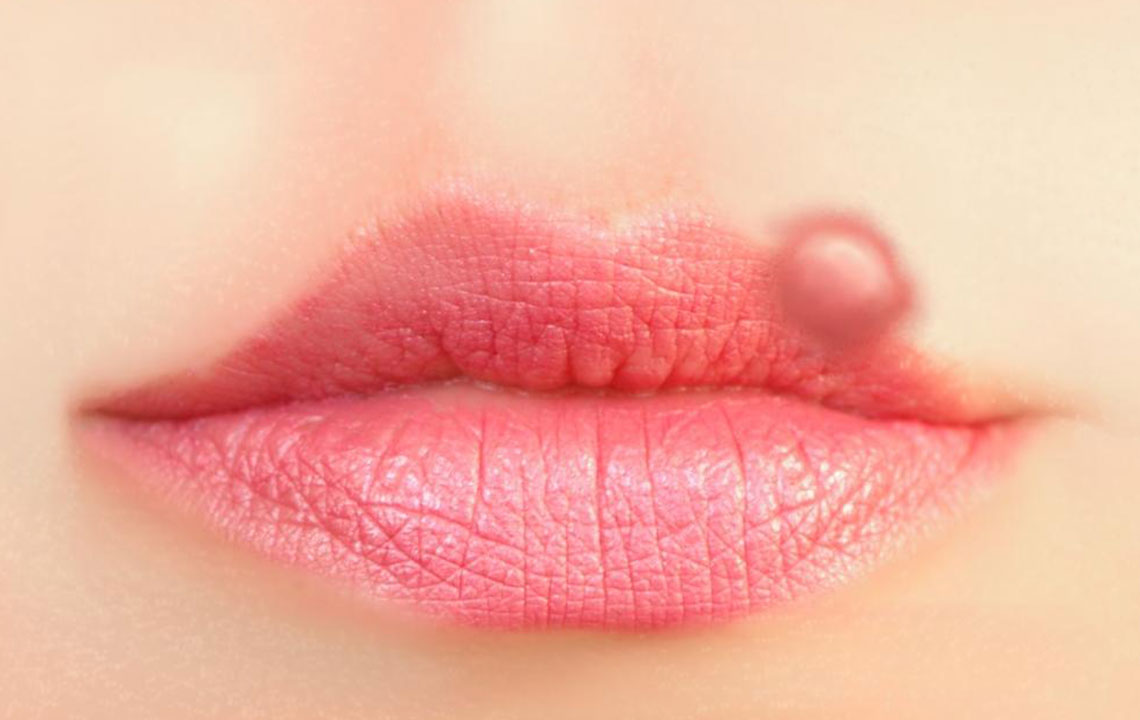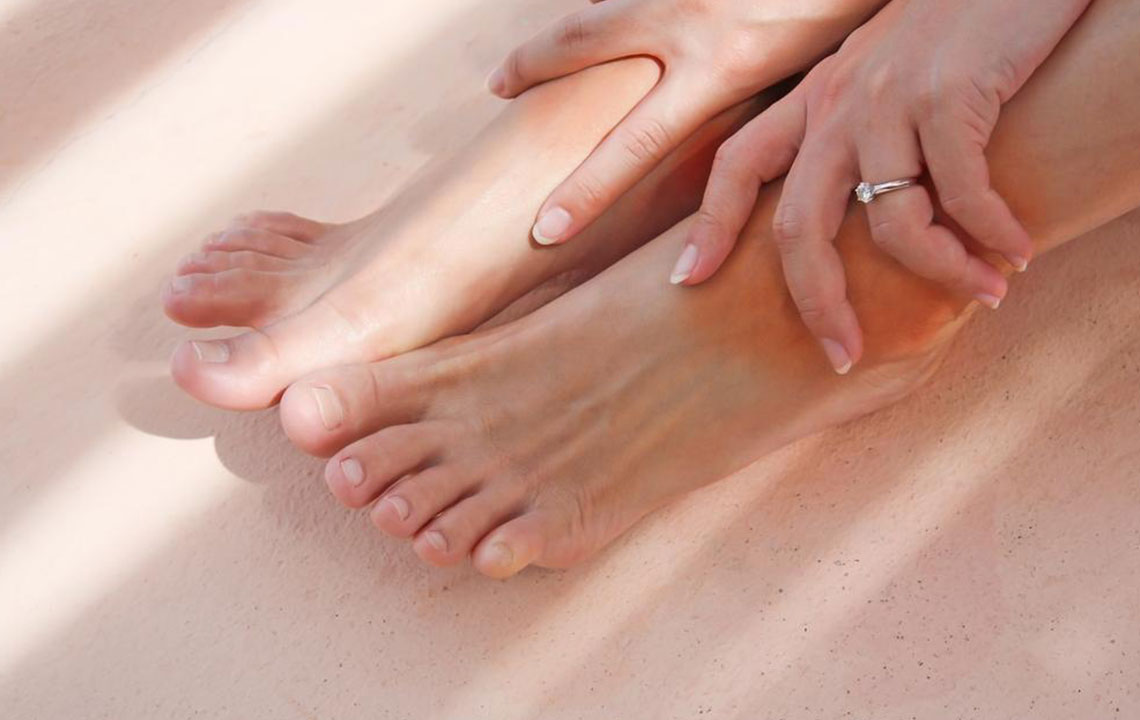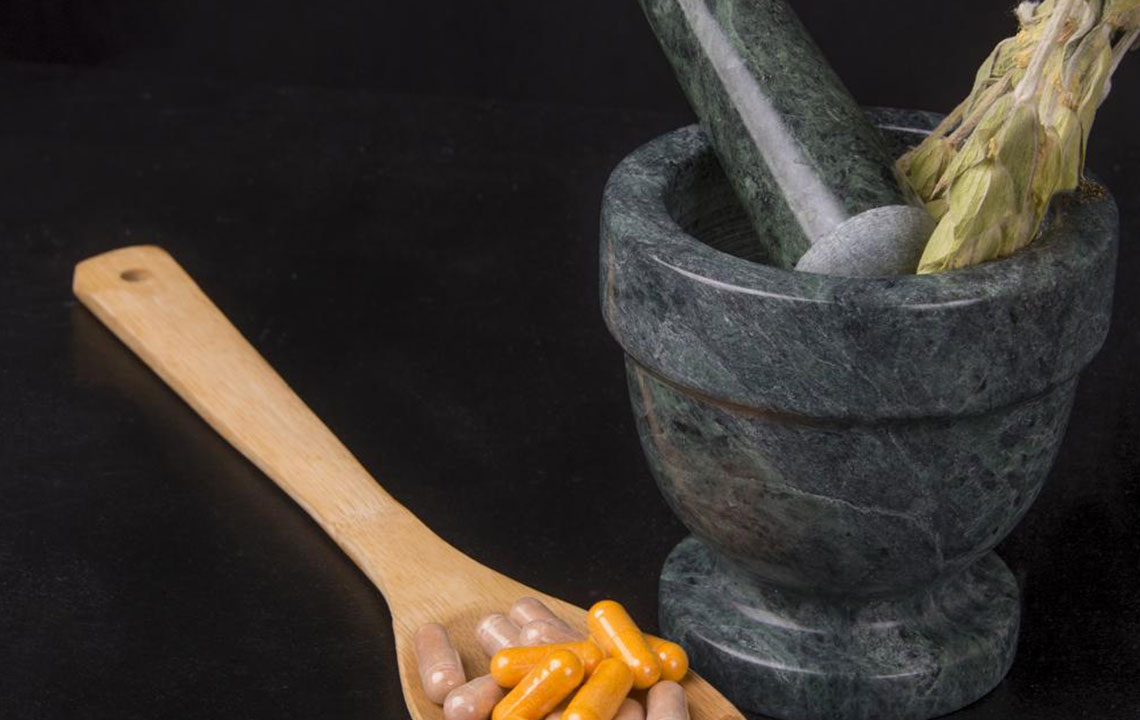Effective Strategies to Relieve Gout Discomfort Quickly
Discover quick and effective methods to ease gout pain, including elevation, hydration, diet modifications, and appropriate medications. Early treatment can prevent complications and improve quality of life for gout sufferers.
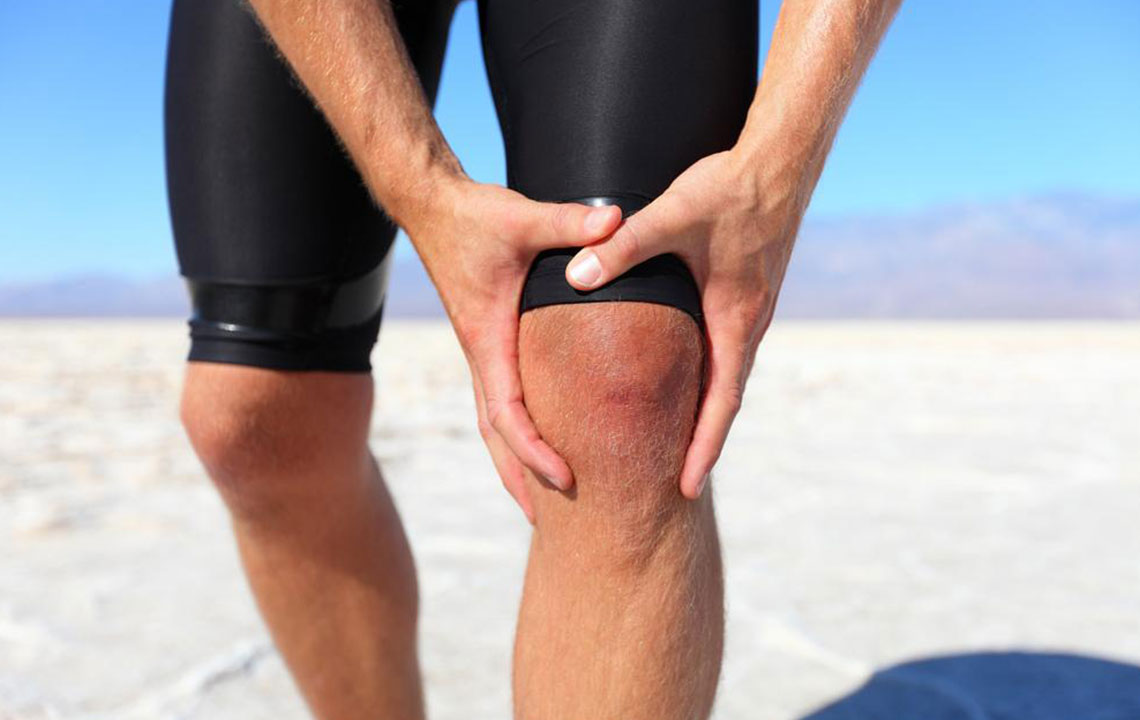
Effective Strategies to Relieve Gout Discomfort Quickly
Elevated uric acid levels and excess body weight are primary contributors to gout. It is especially prevalent among middle-aged and older adults. Unfortunately, many sufferers are unaware of effective ways to manage and alleviate their pain.
If left untreated, gout symptoms can intensify. Those who consume diets rich in saturated fats and alcohol are also at increased risk. High blood pressure and elevated cholesterol can further trigger gout attacks. Historically, the big toe was most commonly affected, but now knees, wrists, and fingers are also frequent sites.
Gout is considered the most common form of arthritis, surpassing rheumatoid arthritis in prevalence. Promptly addressing pain can significantly improve outcomes. For advanced cases, consulting a healthcare professional is essential. Here are several remedies to help ease gout pain:
Elevate Affected Limbs
If your feet or legs are impacted, elevate them by placing a pillow or stool underneath. This minimizes pressure, helps reduce swelling, and offers quick relief. Resting and icing the painful joint can also speed recovery.
Maintain a Healthy Weight
Controlling weight is crucial, as obesity tends to worsen gout episodes. If overweight, reducing fats and sugary foods can aid weight loss. Avoid crash diets, as they can raise uric acid levels and aggravate gout.
Limit Alcohol and Certain Foods
Reduce alcohol intake and avoid seafood and red meats, which are known to trigger attacks. Always discuss medications with your doctor, especially if taking uric acid-lowering drugs, and avoid starting or stopping meds during a gout flare without medical advice.
Use Cold Compresses
Applying an ice pack on the affected joint lessens inflammation, pain, and swelling. Cold therapy is effective for various pain types, including gout.
Stay Hydrated
Drinking plenty of water helps flush out excess uric acid. Aim for at least eight glasses daily, avoiding caffeinated drinks that might worsen symptoms. Severe cases might require corticosteroid injections prescribed by your doctor.
Expose the Painful Area
Keeping the affected area unclothed can reduce discomfort caused by pressure from clothing. Opt for lightweight, breathable clothing like cotton shorts.
Use Appropriate Medications
Take medications prescribed by your healthcare provider, especially those that prevent uric acid crystal formation. Non-steroidal anti-inflammatory drugs (NSAIDs) can help, but avoid aspirin, as it may alter uric acid levels and intensify symptoms.

